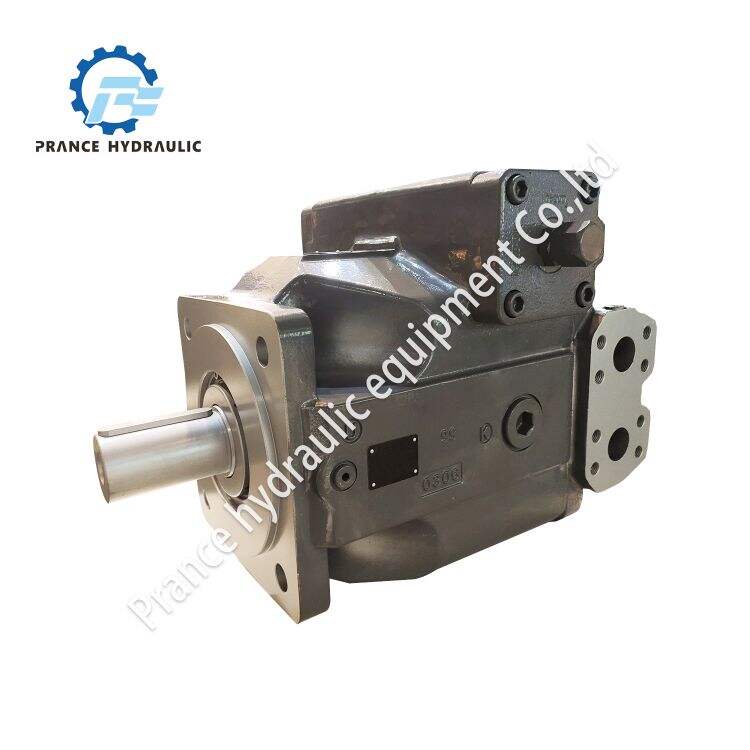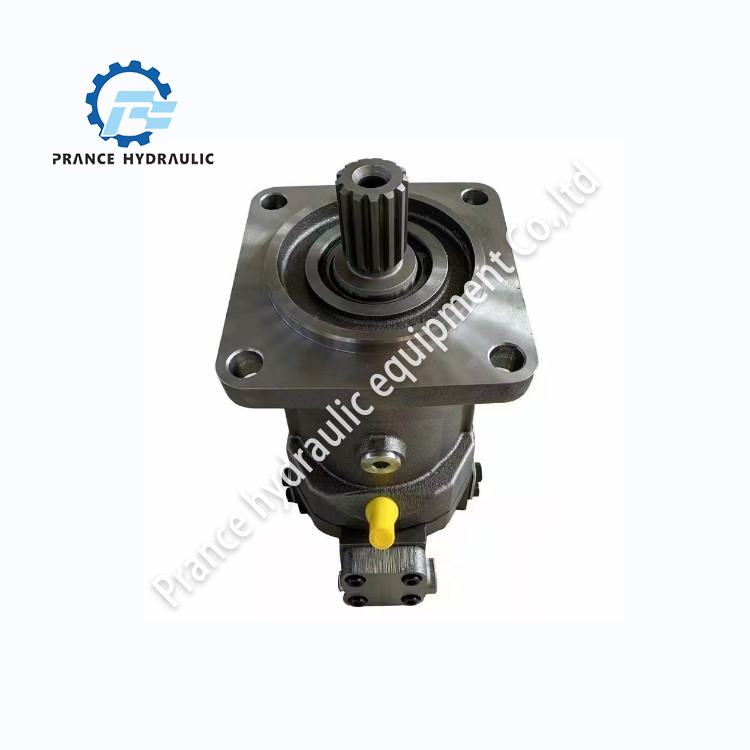A pump gearbox is a unique type of pump that employs centrifugal energy which is then transformed into differential pressure in the places where it is determined that pressure differential is needed. It serves to propel the liquid through the system so everything functions. The pump consists of parts known as vanes, which are similar in some ways to little blades. These leaves can go in and out to vary how much liquid is pushed, so it’s a “variable” pump.
One nice aspect of a release valve hydraulic is that it can vary how much liquid it pumps (based on what the machine needs). This saves energy by pumping only enough liquid as is required. Another advantage is that it can function at various speeds, enabling use with different types of machines.

Efficiency is the act of performing tasks well and using less energy. A variable vane pump makes machines run better by only pumping exactly the right amount of liquid. This way, it doesn’t end up wasting energy pumping too much. It can also run at variable speeds, which helps the machine fine-tune itself for whatever it needs to do.

There are several important parts that make the variable vane pump work. These would be the vanes (which push the fluid) and the housing (which holds the whole thing together). The pump has an inlet where the liquid enters and an outlet through which it exits. There is also a control system that causes to vanes to move, to vary how much liquid is pumped.

I been reading that they can have issues with the variable vane pump at times. If the seals get old, one common issue is leaking liquid. Noise is another problem, which may occur if air enters the system. In case the pump fails to operate, the issue may be the motor or the control system. To remedy these issues, it is important to inspect the pump frequently and ensure its parts are in good working order.